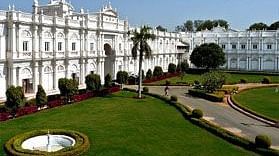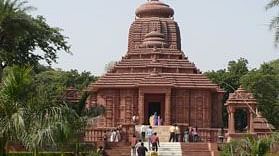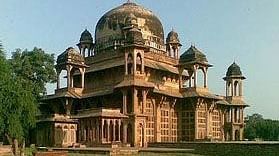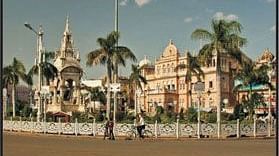Gwalior City is a District in Madhya Pradesh State near Âgra. The new section of the city called Lashkar. Lashkar is few miles South from the old city. It is the site of factories producing cotton, yarn, paint, ceramics, chemicals, and leather products. The nucleus of Gwalior is a citadel crowning an isolated rock about 91 m (300 ft) high, 3.2 km (2 mi) long, and 823 m (2700 ft) wide. The rock is said to have been a strong hold for more than Ten Centuries and Old city is located in the Eastern base of the rock. The old city is covered with white sandstone Mosque, Palaces, rock temples and statues of archaeological and architectural interest. The Jiwaji University was built in Gwalior in the year 1964. Gwalior City was the Capital of the princely State of Gwalior until 1948 and the summer Capital of Madhya Bharat State from 1948 to 1956. When Madhya Bharat became part of Madhya Pradesh, it become separate District. According to Census 2001, population of the District is 1629881 .
Gwalior’s history is traced back to a legend in 8th century AD when a chief tain known as Suraj Sen was struck by a deadly disease and cured by a hermit-saint Gwalipa. As a gratitude for that incidence, he founded this city by his name. The new city of Gwalior became existance over the centuries. The cradle of great dynasties ruled the city Gwalior. With different Dynasty, the city gained a new dimension from the warrior kings, poets, musicians, and saints who contributed to making it renowned throughout the country. The city is also the setting for the memorials of freedom fighters such as Tatya Tope and the indomitable Rani of Jhansi. Today the old settings stand side by side with the trappings of modernity.
Visit the Wonders of Gwalior

Gwalior Fort

Jai Vilas Palace

Sun Temple

Tansen Tomb

Maharaja Bada
Travel Guide